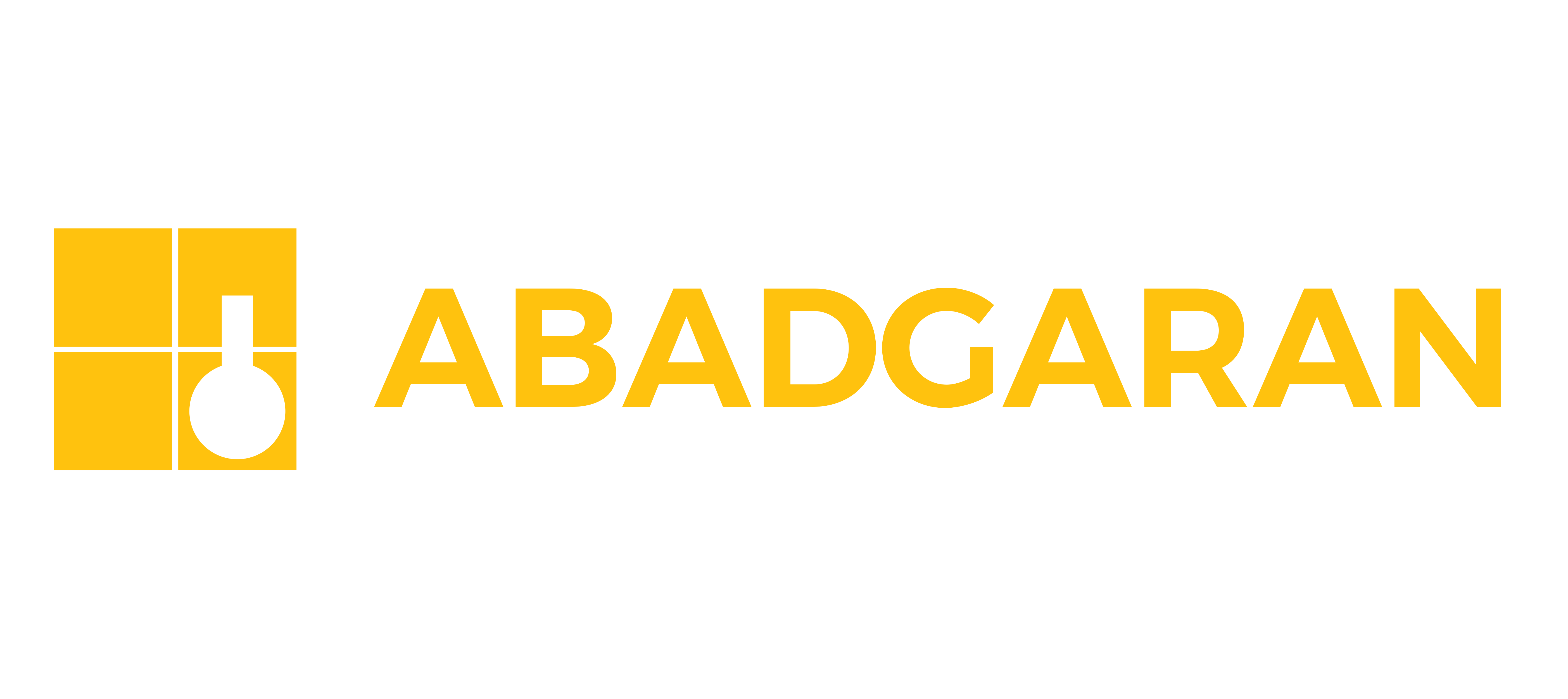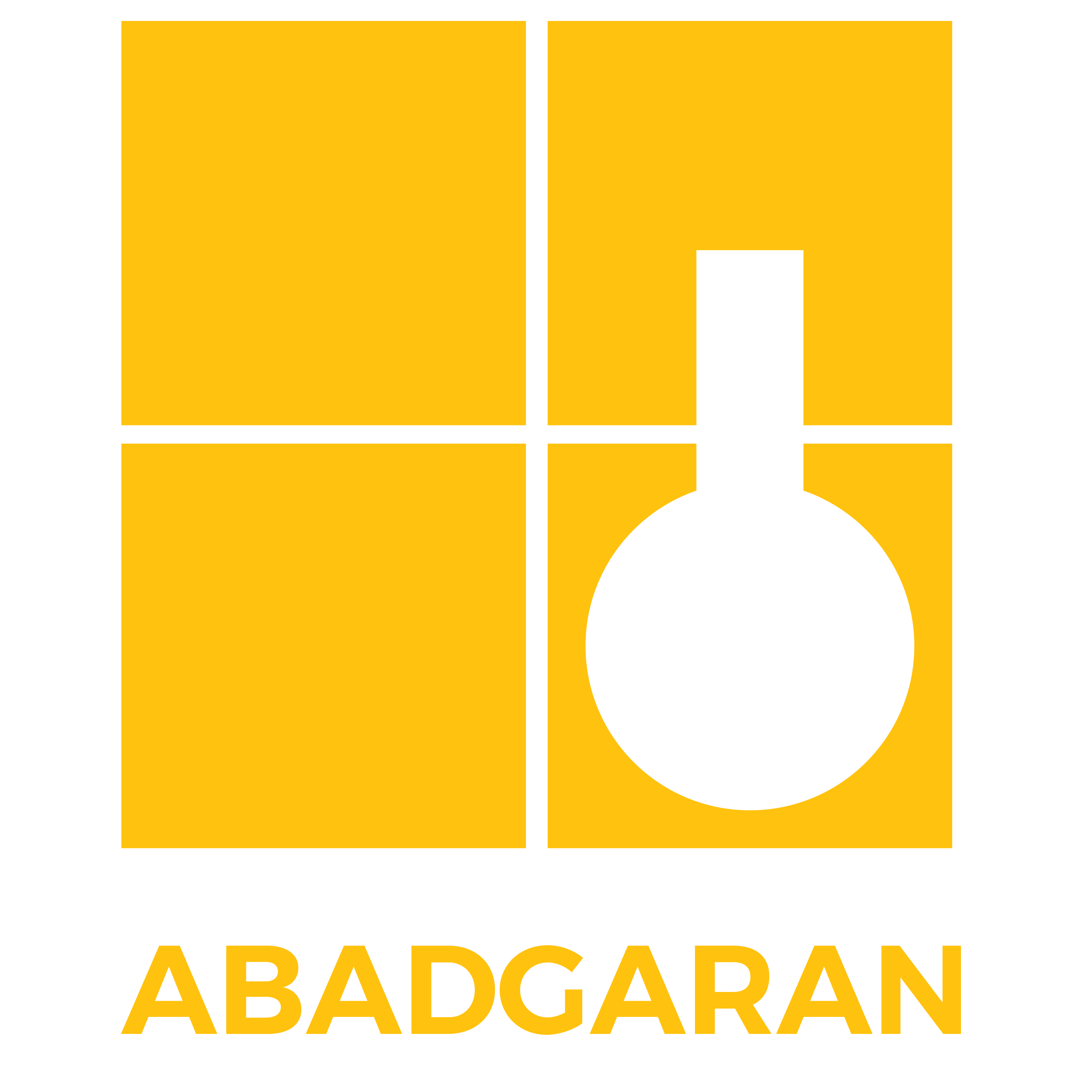
Please wait, loading...

Please wait, loading...

![]()

Concrete is recognized as one of the most widely used construction materials around the world. In recent decades, the use of epoxy and other polymer materials to improve the mechanical properties and durability of concrete has attracted significant attention from researchers and engineers. Polymer-Impregnated Concrete (PIC) is one of the modern methods for modifying concrete, where the hardened concrete is enhanced using various polymers—especially epoxy—to increase its mechanical properties and durability, offering greater stability in structures.
The ACI 548.1R-94 standard, titled "Guide for the Use of Polymers in Concrete", comprehensively examines the principles and guidelines for using these materials in concrete. This standard serves as a valuable reference for civil engineers and designers when incorporating such materials in construction projects.
Introduction to Polymer-Impregnated Concrete (PIC)
Polymer-Impregnated Concrete (PIC) is a specific type of concrete that is fully saturated with polymer materials after hardening to enhance its physical and mechanical properties. In this process, conventional concrete is first prepared. After curing and drying, its pores and voids are filled with polymer resins. This type of concrete combines the properties of traditional concrete with synthetic polymers, resulting in improved strength and durability.
This method enhances the mechanical properties of concrete and increases its resistance to environmental factors such as water penetration, chemicals, and abrasion.
In this type of concrete, polymers act as reinforcement agents. Some commonly used polymers include:
After being injected into the concrete, these polymers solidify within the internal pores and improve the mechanical performance, corrosion resistance, and impermeability of the concrete.

Production Process of Polymer-Impregnated Concrete:
To produce polymer-impregnated concrete, conventional concrete is first cast and cured. Once hardened and dried, it is impregnated under pressure or vacuum with polymers (typically epoxy or others). The polymer then solidifies inside the concrete and strengthens its properties.
2. Applications of Epoxy Materials in Concrete:
Due to their unique characteristics, epoxy materials are used in concrete as additives or saturating agents. Key applications include:
2-1. Repair and Restoration of Concrete Structures
Epoxy materials are widely used for repairing cracks and surface damage in concrete structures. By filling cracks and re-bonding concrete components, epoxies improve mechanical performance and prevent water and chemical ingress.
2-2. Increasing Durability and Corrosion Resistance
Epoxy-impregnated concrete shows excellent resistance to corrosion, especially in harsh environments like coastal areas or in contact with chemicals. This leads to longer service life and lower maintenance costs.
2-3. Enhancing Mechanical Properties
Epoxy-impregnated concrete performs better in compressive, flexural, and tensile strength compared to conventional concrete. This strength improvement results from pore saturation and reduced microcracking and voids.
3. Effects of Epoxy on Concrete Properties:
3-1. Compressive Strength
Using epoxy significantly increases the compressive strength of concrete. Epoxies fill internal voids, improving structural integrity and preventing microcracks. Studies show compressive strength can increase by up to 50% in epoxy-impregnated concrete compared to conventional concrete.
3-2. Tensile and Flexural Strength
Tensile and flexural strength also improve significantly with epoxy use due to its strong adhesion and stiffness, which help distribute loads more evenly and reduce the risk of sudden failure.
3-3. Durability and Stability Against Environmental Conditions
Due to their impermeable surface, epoxy-impregnated concretes are highly durable. They resist freeze-thaw cycles, chloride and sulfate ion penetration, and acidic environments.
4. Advantages and Disadvantages of Using Epoxy in Concrete:
Advantages:
Disadvantages:
Applications of Polymer-Impregnated Concrete (PIC):


Abadgaran Chemical Industries is a leading company in design and formulation, focusing its research on the above-mentioned advantages and limitations to achieve the best protective coatings and paints. By focusing its R&D on the synthesis of phenalkamine hardeners that can cure underwater and offer anti-corrosion performance, the company has succeeded in designing and producing versatile coating systems.
Given the importance of climate, temperature, and humidity conditions in selecting coating systems, the following epoxy-based protective coatings are introduced for concrete (per ASTM C881) and metal surfaces as reliable, scientifically supported solutions. These coatings offer excellent chemical, mechanical, and abrasion resistance, making them ideal for use on polymer concrete.
ABADUR-280
ABADUR-280 is a solvent-free, multipurpose epoxy coating for protecting concrete and metal structures in chemically and marine-aggressive environments. Based on modified epoxy resin and special hardeners, it offers excellent chemical, corrosion, and weather resistance. Suitable for indoor and outdoor use, it is recommended for docks, chemical storage tanks, fuel facilities, and wastewater systems. It is fully hygienic and can be used in potable water tanks and treatment plants.
ABAZONE-290
According to EN 1504, concrete structures in direct contact with seawater are exposed to chloride attacks—either directly from the seawater or carried by marine winds. In such cases, chloride continuously attacks the structure, accelerating corrosion. If the concrete is located in tidal zones, corrosion intensifies further due to repeated wetting and drying cycles...